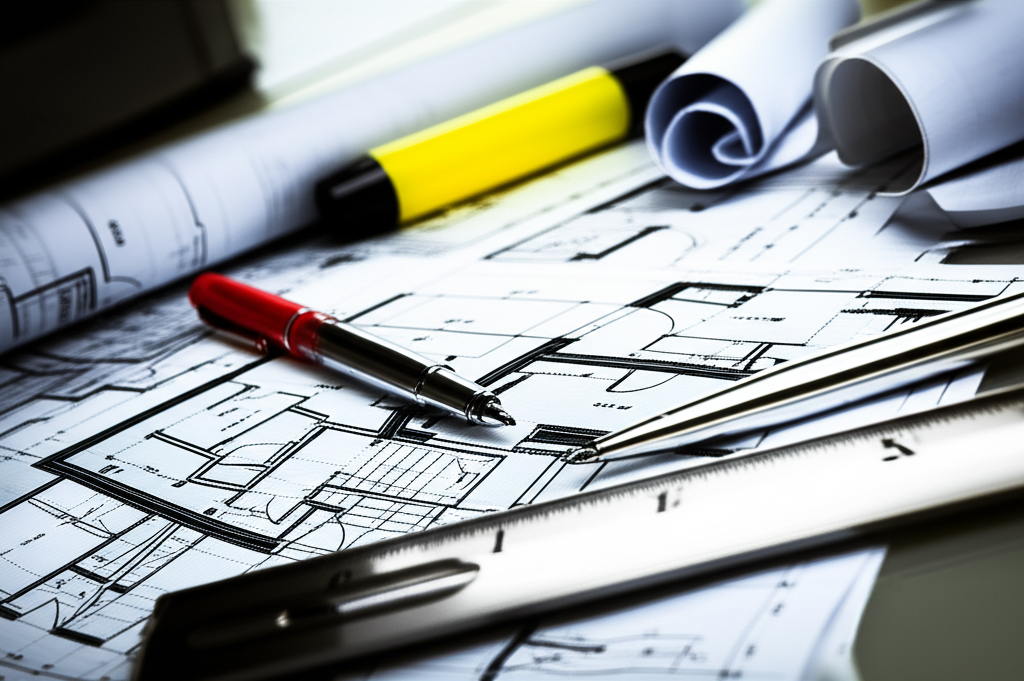
Malaysia’s real estate sector is poised for sustained expansion in 2025, building on the robust performance seen across residential, commercial, and industrial segments last year. Industry experts gathered at the recent 17th Malaysian Property Summit highlighted key drivers including infrastructure development, foreign investment inflows, and government housing initiatives that will shape market dynamics in the coming months. The full-day conference brought together nearly 300 professionals to analyze emerging trends and forecast growth patterns in one of Southeast Asia’s most dynamic property markets.
Transaction volumes surged 6.2% year-on-year in the first three quarters of 2024, reaching 311,211 deals worth RM162.96 billion—a 14.4% increase in value. Commercial properties led this growth with a 32.7% jump in transaction value, fueled by major infrastructure projects like the MRT expansions and developments around Kuala Lumpur’s Tun Razak Exchange. Johor emerged as another hotspot, where initiatives such as the Johor-Singapore Special Economic Zone contributed to a 54.9% spike in commercial property values. Analysts noted that strategic transport links like the Pan Borneo Highway are also reshaping regional markets in Sabah and Sarawak.
Affordability remains a pressing challenge in the residential sector, with experts calling for policy reforms to address structural pricing issues. Khazanah Research Institute’s Suraya Ismail cautioned that easy financing schemes risk inflating prices further unless supply constraints are resolved. Meanwhile, developers face rising construction costs and regulatory pressures, prompting calls for centralized data systems to better align supply with demand. The industrial segment shows strong potential, particularly for logistics hubs and specialized facilities, though concerns linger about potential oversupply in data centers and cookie-cutter factory units.
Looking ahead, Malaysia’s property market appears well-positioned to capitalize on its competitive advantages, including relatively affordable office rents and growing foreign investor interest. Sustainability features and transit-oriented developments are becoming key differentiators for commercial assets, while industrial zones stand to benefit from improved regional connectivity via projects like the East Coast Rail Link. With careful policy calibration and continued infrastructure investment, the sector could maintain its upward trajectory despite global economic uncertainties.